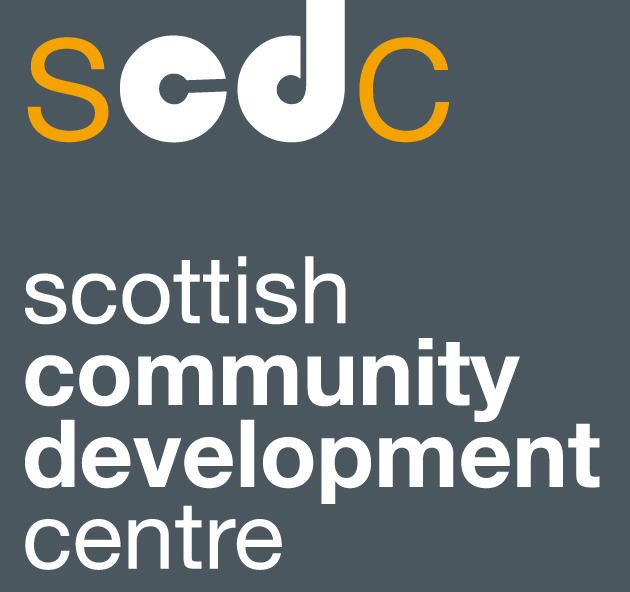Everything you need to know
How does community-led action research work?
We can describe community-led action research as taking place in a cycle, with each step building on the previous step, and supporting the next. The process looks like this:
Click to enlarge
Identify an issue or concern
Plan the research process
Collect and analyse data
Plan the actions
Carry out the action
Reflect and evaluate
You can see this cycle in the diagram (PDF).
Example scenario
This example highlights some of the things that action research might be used to address and is from the perspective of a group carrying out some community-led action research:
Identify an issue or concern: “Members of our community have identified that getting childcare is an issue. We want to find out how big a problem this is, and to be able to show others what needs to improve”
Plan the research process: “We want to find out how big a problem this is, and also explore what types of childcare people need. We’ve planned a research process that includes interviewing members of the local community and finding out what formal and informal childcare options are available.”
Collect and analyse data: “We’ve identified some people to talk to about their experiences, and will be at the local community gala to interview people. The gala will provide activities for children to enjoy while their parents and guardians talk to us. We’re also talking to local childcare managers to understand what they’re offering.
Once we’ve done this, we’ll be bringing the information together and working through the data we’ve collected. The findings will be presented on a poster.”
Plan the actions: “Now we better understand what the issues are, we’re going to be exploring setting up a creche facility at the local community centre as people told us casual, drop- in childcare would be most useful. We’re also going to encourage local childcare providers to enrol in childcare voucher schemes.”
Carry out the action: “After successfully applying for funding, using the research findings poster as evidence of need, we’ve set up the creche and advertised this to the community, giving them a say in how it’s run. We’re also using the poster to illustrate to the local authority why more council-run childcare facilities are needed ”
Reflect and evaluate: “We’re now going to review the process and see the progress that’s been made and what else we could do next, using the group’s experiences see how we could improve.”
Explainer contents
What is community-led action research and why is it important?
How does community-led action research work? (This page)
Knowledge is Power - Supporting community-led action research
What do we mean by ‘assets’ and ‘community capacity’ in community-led action research?
Research for what? Making an impact with community-led action research
